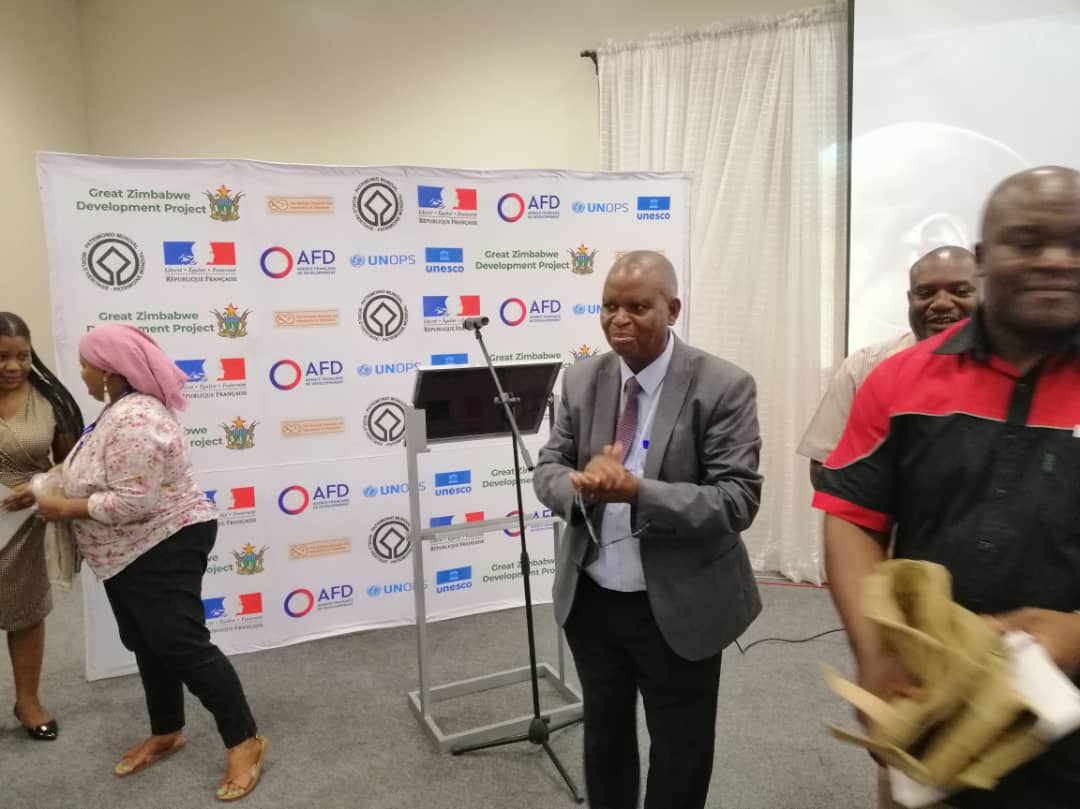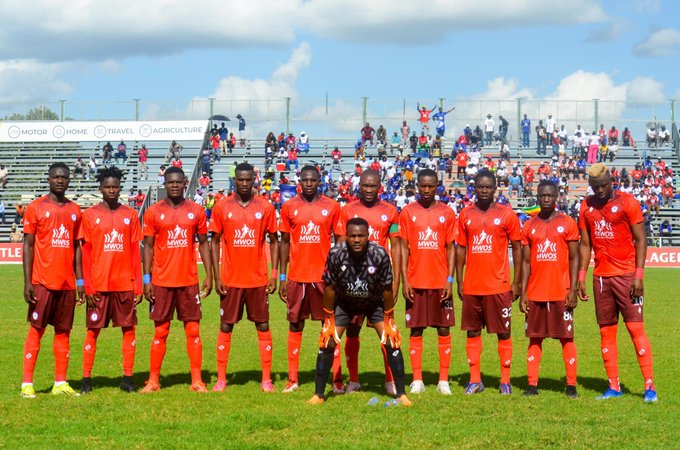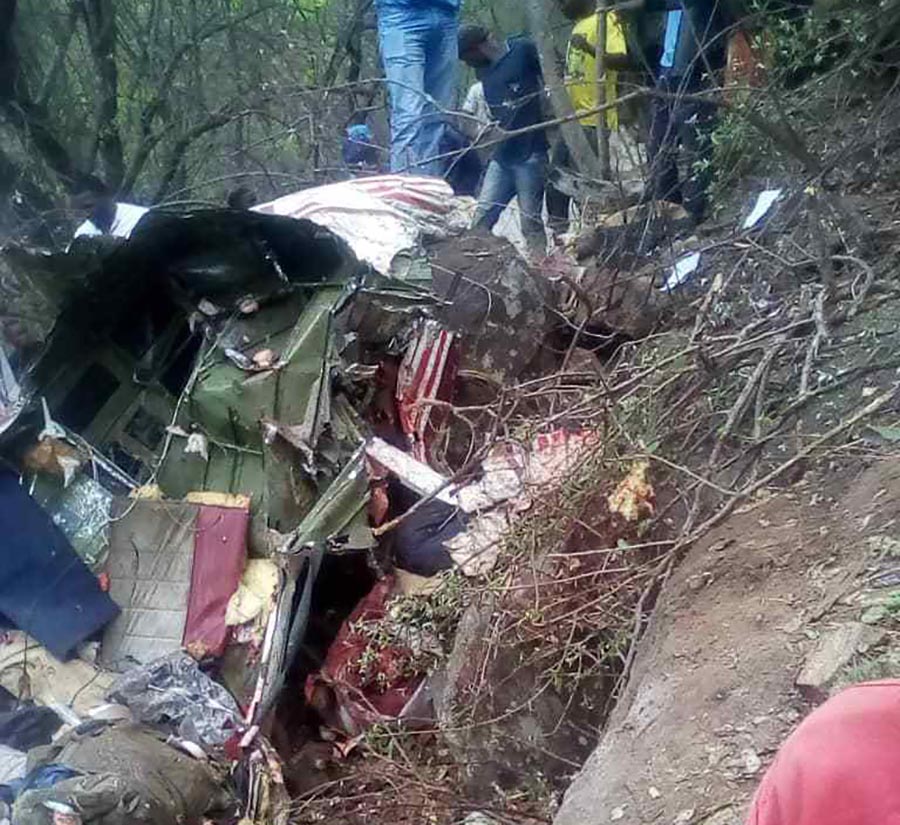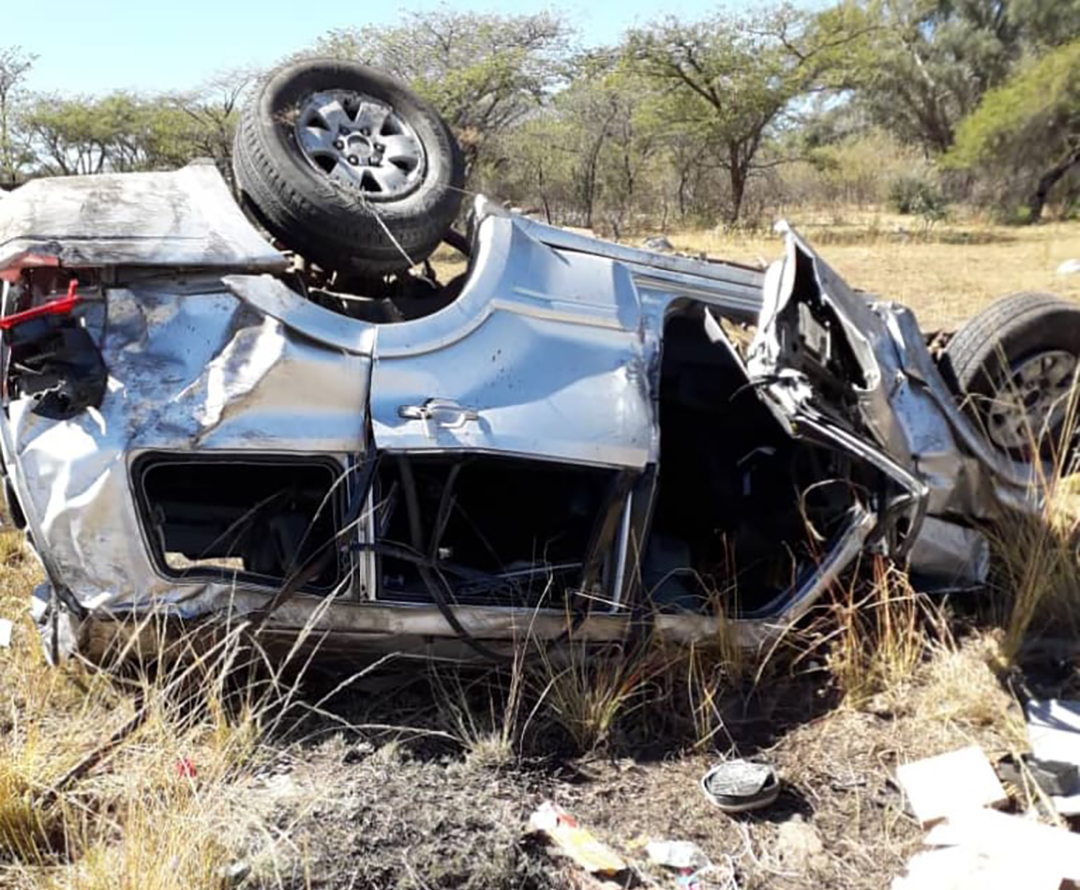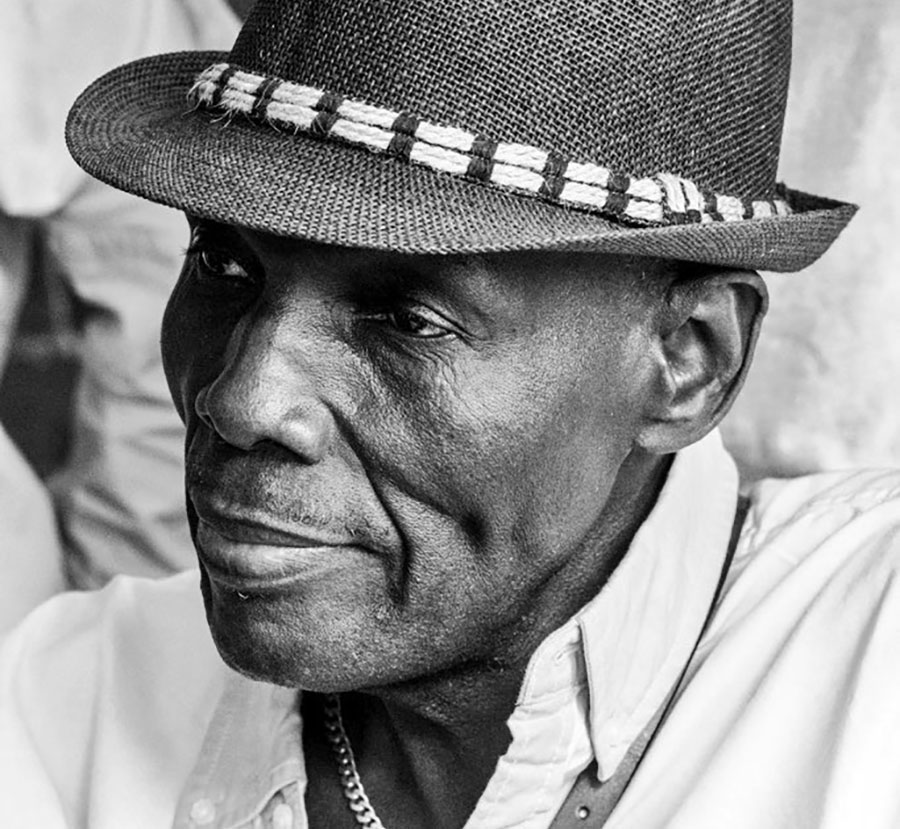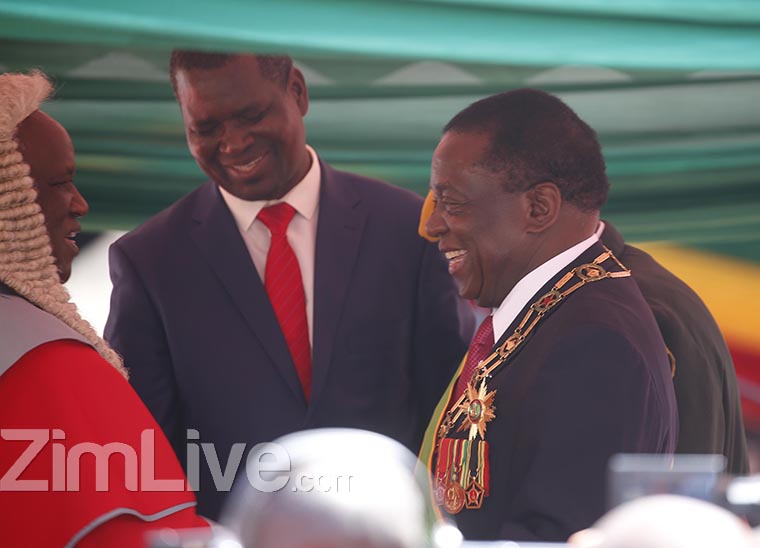MASVINGO – United Nations Office for Project Services (UNOPS) has unveiled a new three-year project worth €3 million (US$3,124,349.09) which is aimed at ensuring sustainable conservation and development of the iconic Great Zimbabwe World Heritage Site (GZWHS).
The venture, dubbed the Great Zimbabwe Development Project (GZDP), began July this year and is set to be concluded in June 2025.
The project was unveiled during a two-day media workshop held in Masvingo on November 24-25.
French Agence Française de Développement (AFD) is funding the GZDP whose project partners also include National Museums and Monuments of Zimbabwe (NMMZ) and the United Nations Educational, Scientific and Cultural Organization.
Speaking to journalists last Thursday during the two-day workshop, Masvingo province Secretary for Provincial Affairs and Devolution Dr Jefter Sakupwanya said the initiative would benefit the local communities and would result in Great Zimbabwe being developed to global standards as a world heritage site.
“The whole purpose of this initiative is to ensure that our prime cultural heritage place, Great Zimbabwe World Heritage Site, is developed to global standards to continue attracting tourists as well as ensuring local communities around Great Zimbabwe also benefit from the tourism influx expected.
“For us the people of Masvingo, this is an important initiative that is expected to stimulate not only the tourism industry but other downstream related industries.
“The Great Zimbabwe was undoubtedly one of the world’s key centres of civilisation. In this regard Great Zimbabwe…plays an important role as a cultural tourism centre in the province, the nation and the world at large,” said Sakupwanya.
Great Zimbabwe is a fusion of manmade and natural beauty, a complex of 12 groups of buildings spread over 80 stunning hectares of the Mutirikwi valley.
This ancient Zimbabwe city was built and occupied between the 12th and 15 centuries by the Karanga speaking people.
The architectural zones of the Great Zimbabwe ruins are divided into three major architectural zones: the Hill Complex, the Great Enclosure, and the Valley Complex.
Although some archaeologists have described Great Zimbabwe’s architecture as unparalleled in Africa or beyond, time has not been kind to the ruins, and some walls are now in danger of collapsing.
According to a feasibility study conducted by UNOPS, physical facilities and services currently do not meet international standards, indicating the need for a long-term project to ensure both the preservation and development of the Great Zimbabwe Ruins.
Also addressing the media during the workshop, UNOPS project manager Salesio Zvawada emphasized the importance of bringing together local skills and modern approaches in order to successfully implement the three-year project.
“The site should be developed through the various design stages and include the actual implementation and follow up of all related works, embedding the local skills and techniques into a well-designed contemporary approach to the visit, enhancing its associated features, mainly: entrance, access, signage, parking, interpretation centre, museum, interpretive trails and walkways.
“GZWHS monument has low visitor numbers stemming from a lack of capacity and resources at the local level to promote the site as a tourist destination of choice and the general management framework of the site makes it unfavorable to private investment.
“Land desertification and soil erosion in the Great Zimbabwe area have led some cattle owners to break the fences circling the NMMZ estate to enable herds to pasture within the protected area. It is necessary to adopt, implement and enforce a comprehensive land-use and development plan for Masvingo,” said Zvawada.
The UNPOS feasibility study, which was divided into four components, illustrated the importance of preserving Great Zimbabwe’s natural environment, wildlife, and historical structures while striking a balance with commercial aspects that ensure tourist attractions remain profitable in its natural ecosystem.
During the workshop, journalists were shown the Real-Time Electronic Monitors (RTEM), technology used to monitor the movements of the walls that were about to collapse.
RTEM records the original state of the walls before they collapse, allowing archaeologists and architects to restore them without jeopardising their authenticity.
Journalists were also shown some of the structures that will be authentically reconstructed as part of the GZDP project, and were also informed about the project’s prospects for implementing a potentially profitable hybrid Urban and Rural tourism to cater to all tourists who want either the luxurious hotel experience or the refreshing rural experience.

